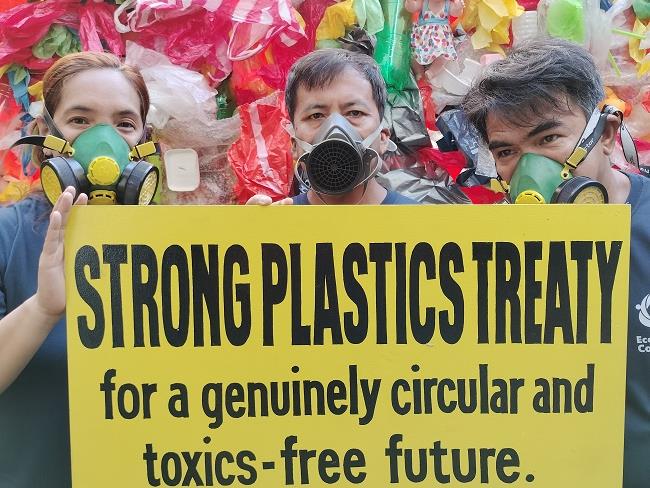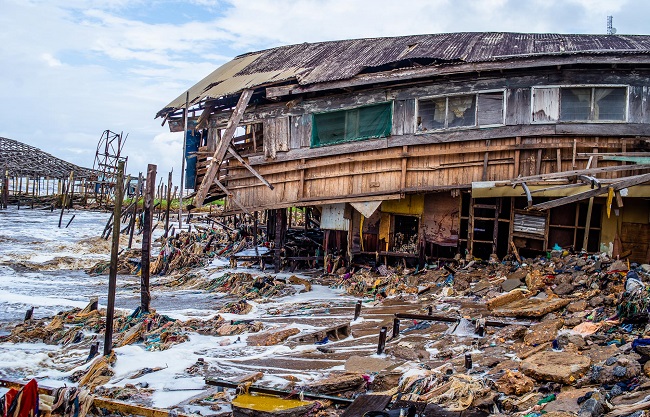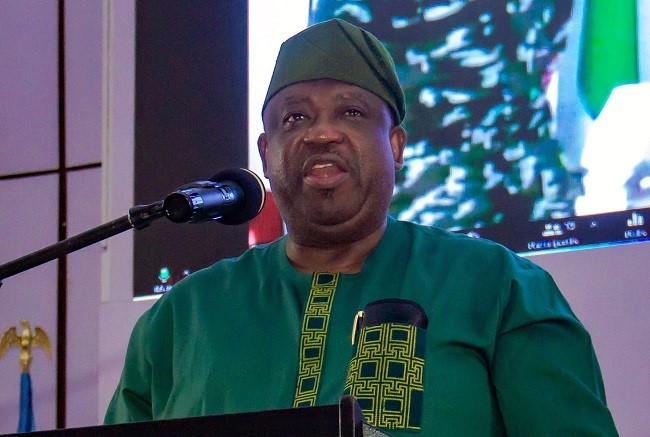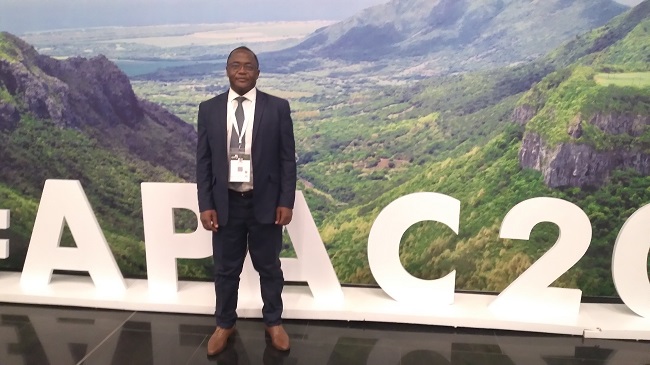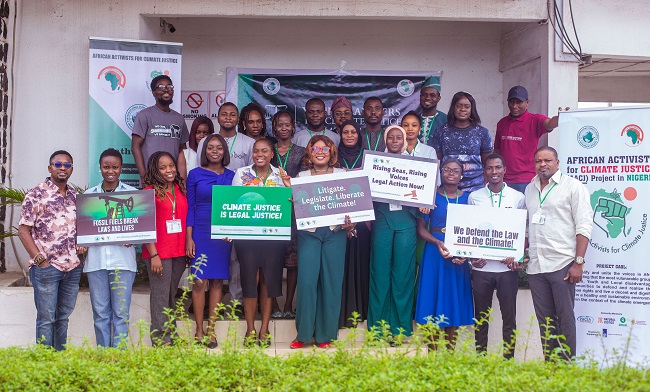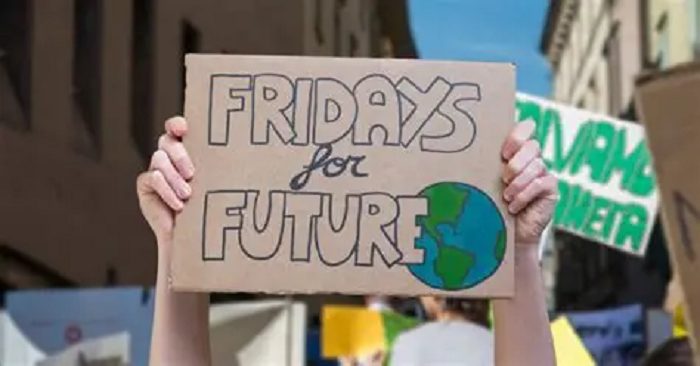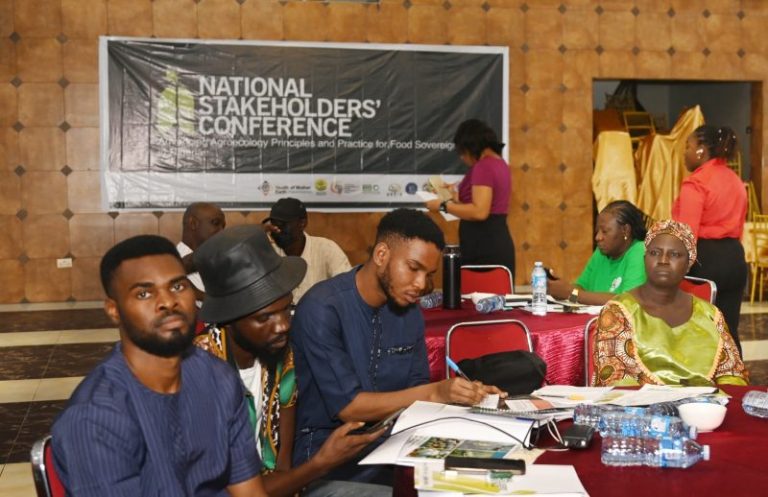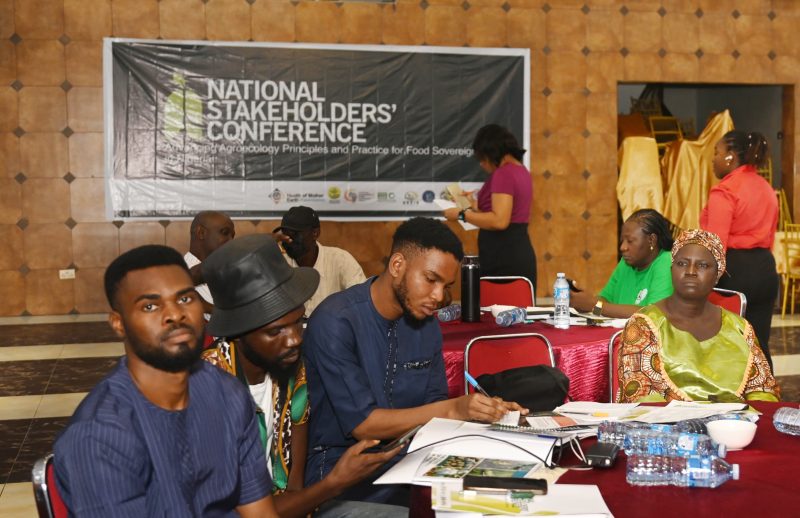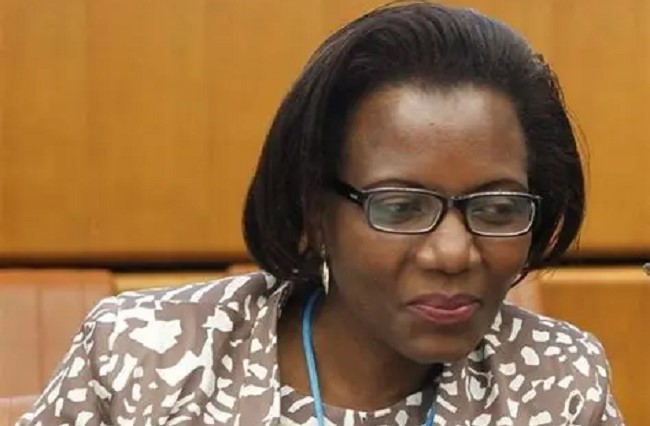Kano State Government has officially launched its Climate Change Policy, reaffirming its commitment to sustainable development, green infrastructure, and climate resilience.
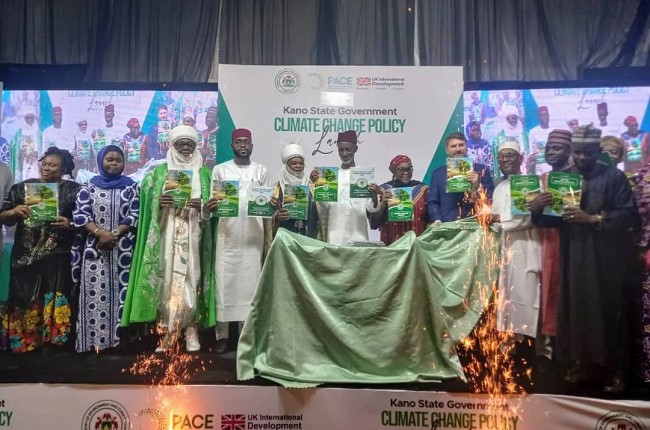
The policy, which was signed into law on Jan. 29, 2025, provides a strategic framework to guide the state’s environmental governance and transition to a low-carbon economy.
Speaking at the launch on Tuesday, July 29, in Kano, Gov. Abba Kabir Yusuf described the policy as “a major milestone” in the administration’s vision for “a clean, green and resilient Kano.”
The governor, who was represented by the Secretary to the State Government, Ibrahim Umar Farouk, said the policy was a “veritable investment for future generations” and a key step towards positioning Kano as a sub-national leader in climate governance.
“In our resolve to reposition Kano as a progressive sub-national actor, we have developed and signed into law a comprehensive climate policy framework for coordinated action,” he said.
Yusuf said the policy is supported by a Climate Action Plan focusing on clean energy transition, sustainable land use, green transport, climate finance, and community resilience.
He said implementation was already underway, citing ongoing solarisation of streetlights and public buildings to reduce energy costs and improve public safety.
Yusuf also announced a tree-planting campaign targeting five million trees across the state in 2025, aimed at combating desertification, improving air quality, and protecting biodiversity.
“As a people-focused administration, we believe climate action must be inclusive,” the governor said.
He added that the policy prioritised public awareness, youth engagement, and school-based environmental education.
Highlights of the event included the inauguration of the State Climate Change Steering Committee, its Secretariat, and Technical Working Groups responsible for policy implementation and monitoring.
In his remarks, the state Commissioner for Environment and Climate Change, Dr Dahiru Hashim, described the launch as both symbolic and historic.
“This launch represents a bold and clear declaration of our collective resolve to confront the climate crisis head-on,” he said.
Hashim noted that the policy provides a strategic roadmap for mitigation and adaptation efforts in critical sectors such as agriculture, health, energy, and transport.
He said the document reflected broad stakeholder input, including youth voices, expert recommendations, and gender-sensitive perspectives.
Hashim said the government had also unveiled two new legal instruments: the Kano State Environmental Pollution Control Law and the Kano State Environmental Pollution and Waste Control Regulations 2025.
“Published in both English and Hausa, the laws aim to improve accessibility, ensure compliance, and empower authorities to manage pollution, waste, and public health risks.
“These laws send a strong message that environmental impunity will no longer be tolerated in Kano,” he said.
He also acknowledged the support of technical partners, including the British High Commission and the Policy Execution Support (PES) Programme.
In a keynote address, Mr. William Robinson, Head of Governance and Stability at the British High Commission, described the policy as a strategic tool for environmental protection and economic growth.
“This policy is not just a document, it is a declaration of intent, a roadmap for action, and a symbol of leadership,” Robinson said.
He noted that Kano faces severe climate risks such as drought and urban flooding, but has shown strong potential for climate leadership in northern Nigeria.
Robinson called for stronger partnerships among ministries, civil society, and international agencies, and reaffirmed the UK’s commitment to supporting Kano in three priority areas:
“Strengthening climate governance unlocking access to climate finance. Promoting green initiatives such as the Waste-to-Wealth Programme.
“Policies like this can catalyse investment, empower communities, and drive green economic growth – if supported through effective implementation and collaboration,” he added.
Robinson concluded with a call for global cooperation, noting that “climate change knows no borders.”
By Muhammad Nur Tijani

